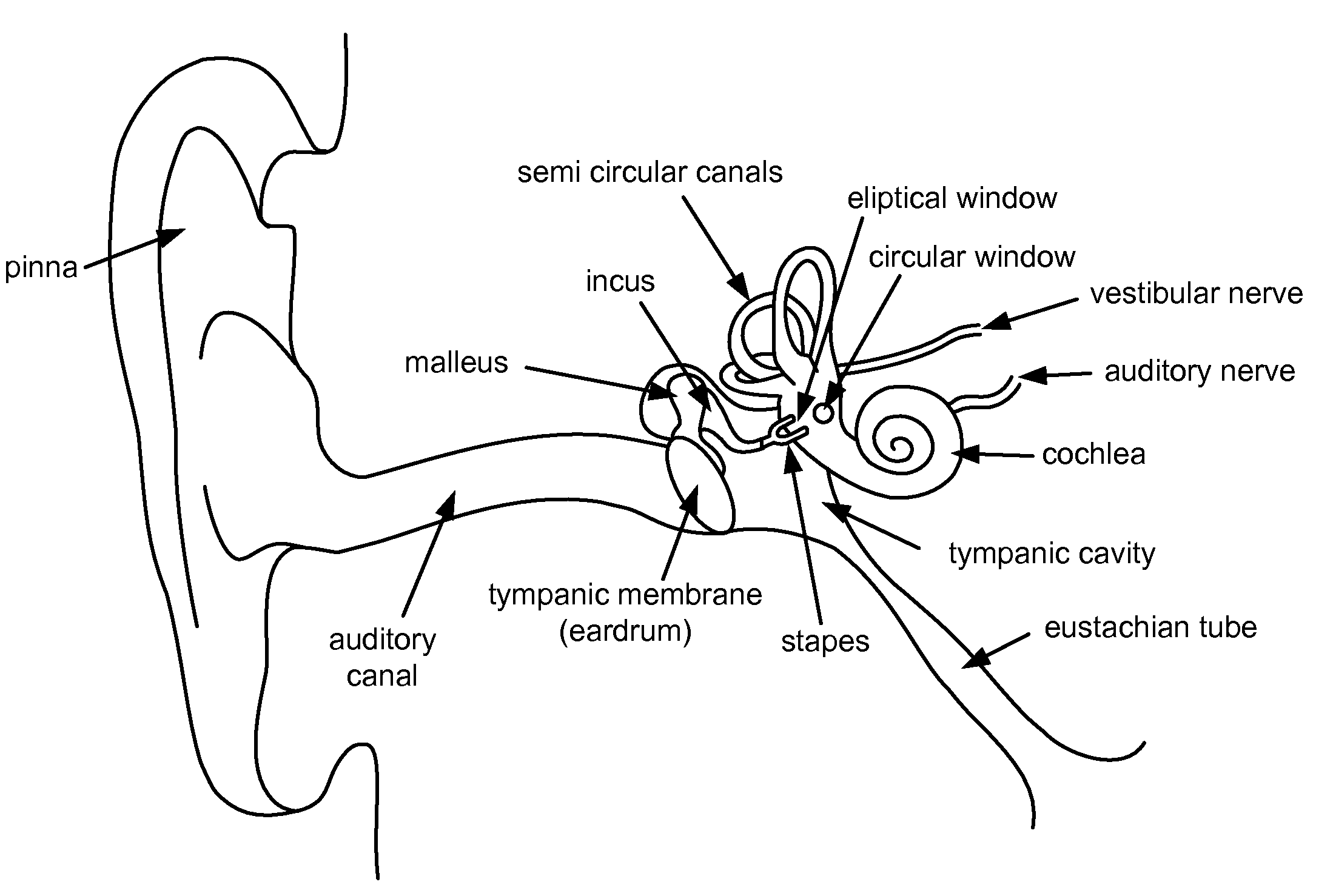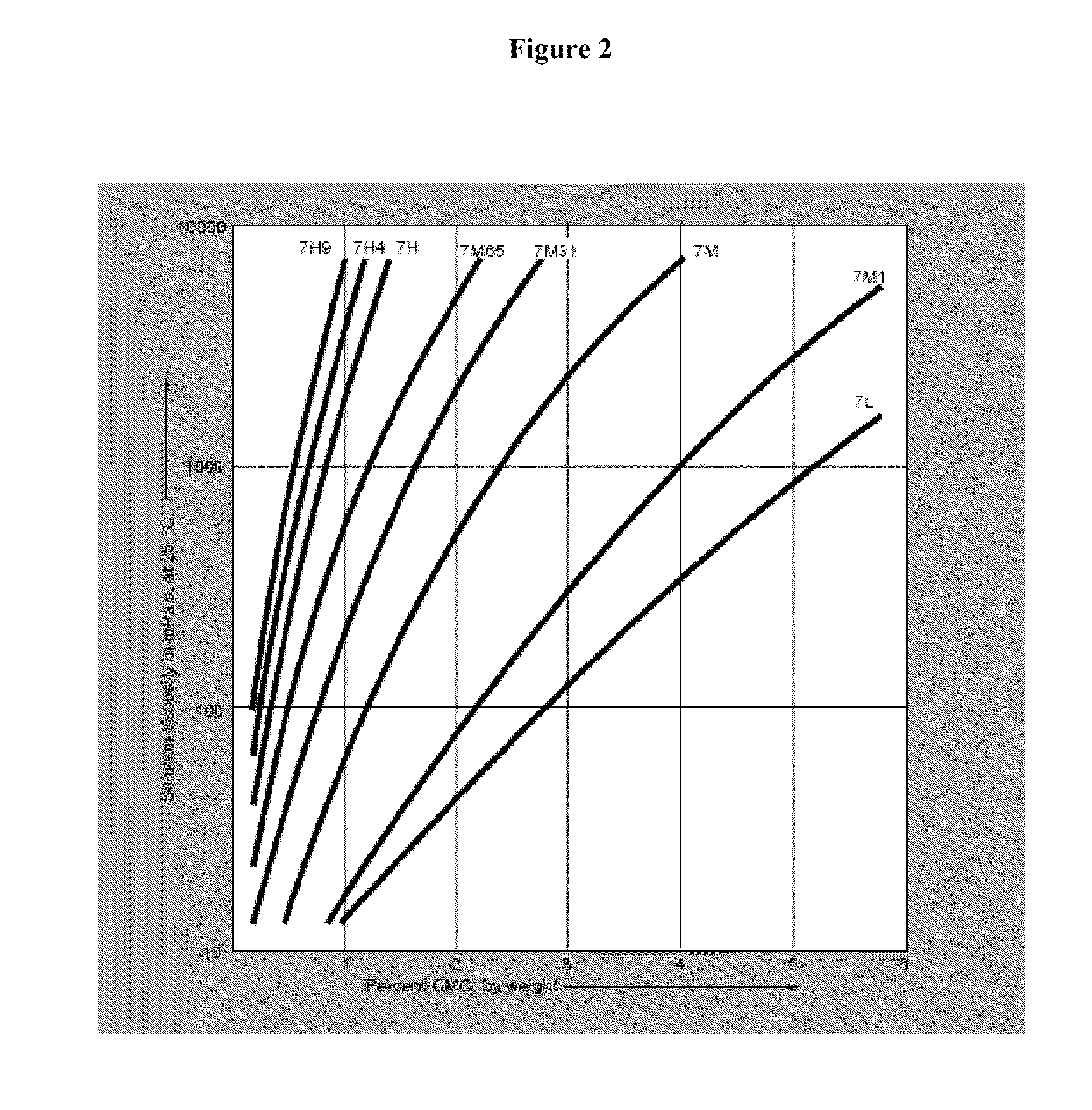Controlled release compositions for modulating free-radical induced damage and methods of use thereof
a free-radical induced damage and composition technology, applied in the direction of drug compositions, capsule delivery, aerosol delivery, etc., can solve the problems of poor pk characteristics, limited or no systemic release of free-radical damage modulating agents, systemic toxicity, etc., and achieve the effect of rapid formulation clearan
- Summary
- Abstract
- Description
- Claims
- Application Information
AI Technical Summary
Benefits of technology
Problems solved by technology
Method used
Image
Examples
example 1
Preparation of a Thermoreversible Gel SRT501 Formulation
[0487]
Quantity (mg / g ofIngredientformulation)SRT5017.5methylparaben.75Hypromellose7.5Poloxamer 407135.0TRIS HCl buffer (0.1 M)599.25
[0488]A 10-g batch of gel formulation containing 1.0% of SRT501 is prepared by first suspending Poloxamer 407 (BASF Corp.) in TRIS HCl buffer (0.1 M). The Poloxamer 407 and TRIS are mixed under agitation overnight at 4° C. to ensure complete dissolution of the Poloxamer 407 in the TRIS. The hypromellose, methylparaben and additional TRIS HCl buffer (0.1 M) is added. The composition is stirred until dissolution is observed. A solution of SRT501 is added and the composition is mixed until a homogenous gel is produced. The mixture is maintained below room temperature until use.
example 2
Preparation of a Mucoadhesive, Thermoreversible Gel SRT501 Formulation
[0489]
Quantity (mg / g ofIngredientformulation)SRT5017.5methylparaben.75Hypromellose7.5Carbopol 934P1.5Poloxamer 407135TRIS HCl buffer (0.1 M)597.75
[0490]A 10-g batch of mucoadhesive gel formulation containing 1.0% of SRT501 is prepared by first suspending Poloxamer 407 (BASF Corp.) and Carbopol 934P in TRIS HCl buffer (0.1 M). The Poloxamer 407, Carbopol 934P and TRIS are mixed under agitation overnight at 4° C. to ensure complete dissolution of the Poloxamer 407 and Carbopol 934P in the TRIS. The hypromellose, methylparaben and additional TRIS HCl buffer (0.1 M) is added. The composition is stirred until dissolution is observed. The SRT501 solution is added and the composition is mixed until a homogenous gel is produced. The mixture is maintained below room temperature until use.
example 3
Preparation of a Hydrogel-Based Piceatannol Formulation
[0491]
Quantity (mg / g ofIngredientformulation)Piceatannol37.5paraffin oil750.0trihydroxystearate37.5cetyl dimethicon copolyol112.5waterqs ad 1000phosphate buffer pH 7.4qs pH 7.4
[0492]The cream-type formulation is first prepared by gently mixing piceatannol with water until the piceatannol is dissolved. Then, the oil base is prepared by mixing paraffin oil, trihydroxystearate and cetyl dimethicon copolyol at temperatures up to 60° C. The oil base is cooled to room temperature and the piceatannol solution is added. The two phases are mixed until a homogenous, monophasic hydrogel is formed.
PUM
| Property | Measurement | Unit |
|---|---|---|
| mean dissolution time | aaaaa | aaaaa |
| apparent viscosity | aaaaa | aaaaa |
| apparent viscosity | aaaaa | aaaaa |
Abstract
Description
Claims
Application Information
 Login to View More
Login to View More - R&D
- Intellectual Property
- Life Sciences
- Materials
- Tech Scout
- Unparalleled Data Quality
- Higher Quality Content
- 60% Fewer Hallucinations
Browse by: Latest US Patents, China's latest patents, Technical Efficacy Thesaurus, Application Domain, Technology Topic, Popular Technical Reports.
© 2025 PatSnap. All rights reserved.Legal|Privacy policy|Modern Slavery Act Transparency Statement|Sitemap|About US| Contact US: help@patsnap.com



